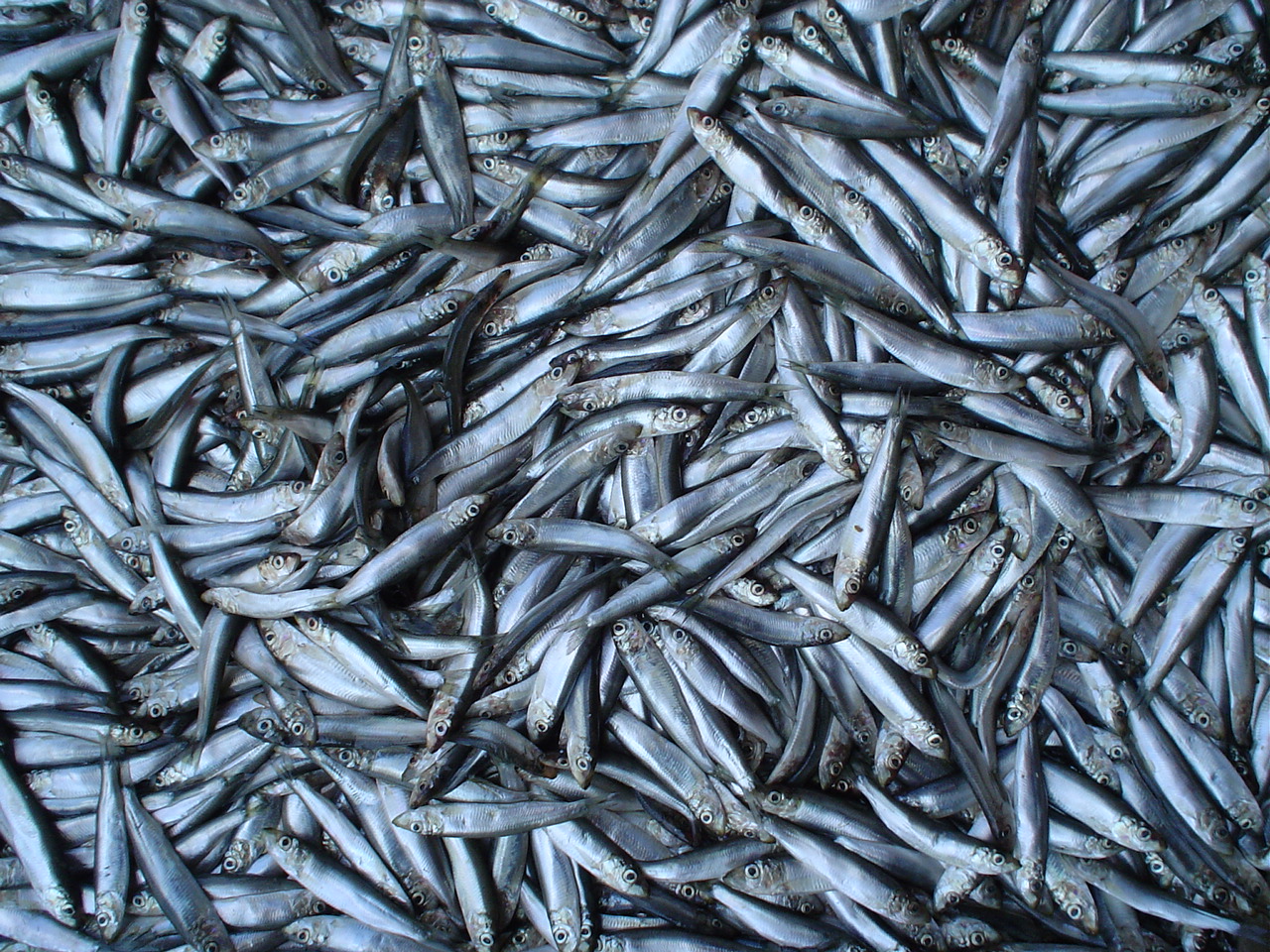Alarming decrease of sprat, sturgeon population in Caspian Sea

By Nigar Orujova
There's been a tenfold decrease in the number of sprats and sturgeons in the Caspian Sea, Azerbaijan's fishery research institute said on November 12.
The number of seals has also shrunk in the Caspian Sea, Director of Fisheries Research Institute of Azerbaijan's Ecology and Natural Resources Ministry Mehman Akhundov said.
According to the long-term dynamics, the number of sprats has decreased by 8-10 times in the southern parts and 5-6 times in the northern parts of the Caspian Sea, he said.
"At present, the number of zooplanktons and sprats has decreased by approximately 10 times in the Caspian Sea compared to 1999-2000. This process has continued for almost ten years. The reduction in sprat population has led to a tenfold decrease in the number of sturgeons and seals that feed on them. Currently, the Caspian Sea resembles a sick organism," Akhundov said.
Director of the Zoology Institute of the Azerbaijan National Academy of Sciences (ANAS) Ilham Alekperov said that beluga population has declined even more as a result of Mnemiopsis leidyi.
According to Alekperov, the existence of Mnemiopsis in the Azerbaijani sector of the Caspian Sea had the maximal negative impact on fish population in the waters adjacent to southern Lankaran region.
"The degree of salinity in seawater is higher there, which creates a favorable environment for the habitation of mnemiopsis. The degree of salinity is lower closer to the North. However, the situation has relatively stabilized and sprat population has returned to its previous level," Alekperov believes.
The zoology institute has recently announced a proposal to create an experimental farm for the cultivation of sturgeon fish at the country.
There are about 141 fish species registered in the resource-rich Caspian Sea, shared by Azerbaijan, Kazakhstan, Russia, Turkmenistan, and Iran.
The main fishery in the region, the sturgeon fishery, is operated only with the Caspian's resources. Some 90 percent of the popular black and red caviar sold all over the world comes from the Caspian Sea.
Sturgeon may be artificially bred in the Caspian Sea and the Kura River in Azerbaijan. These kinds of farms already exist in other Caspian countries including about 21 farms in Russia.
Azerbaijani scientists plan to receive 2-3 kilograms of sturgeons from 10-gram young Caspian sturgeon fish over a period of two years, which will allow fish breeding farms to produce 15-20 tons of sturgeon fish annually.
The Caspian Sea's seals population has decreased from one million to 100,000 in the past twenty years.
Serious environmental problems in the region are believed to be caused by the high activities of the oil industry in the littoral states.
Here we are to serve you with news right now. It does not cost much, but worth your attention.
Choose to support open, independent, quality journalism and subscribe on a monthly basis.
By subscribing to our online newspaper, you can have full digital access to all news, analysis, and much more.
You can also follow AzerNEWS on Twitter @AzerNewsAz or Facebook @AzerNewsNewspaper
Thank you!
